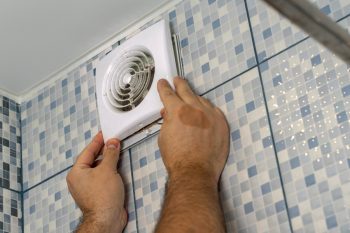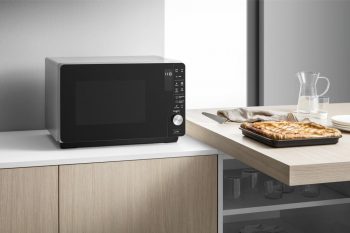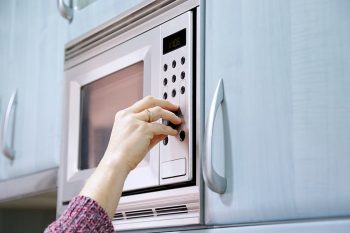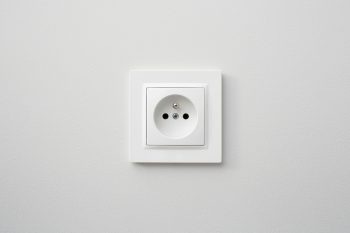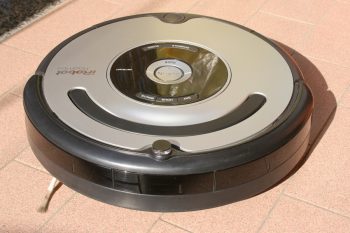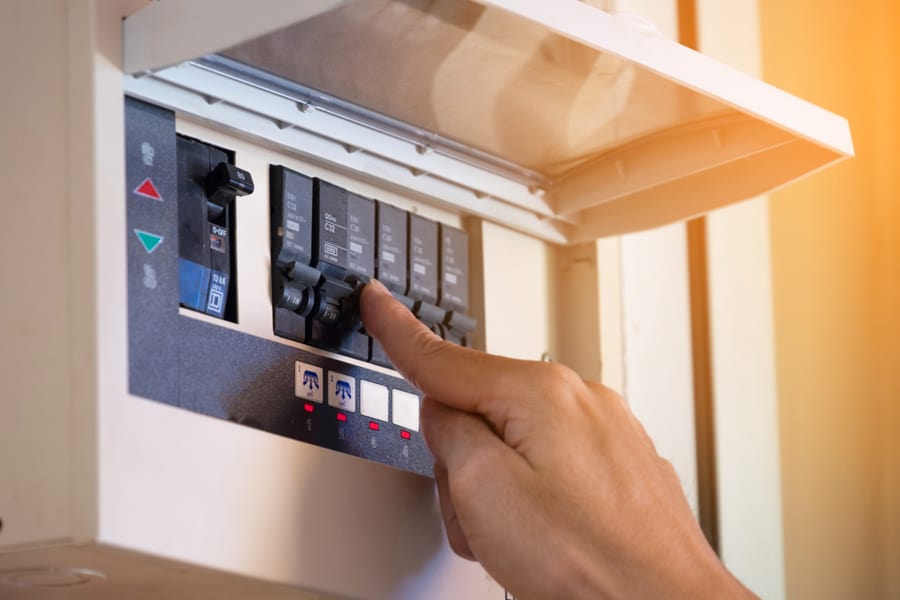
Your circuit breaker is important in protecting your wiring from extensive destruction.
Without a circuit breaker, an overload in one circuit could spread throughout your home, causing any plugged devices to explode and stop working.
With a circuit breaker, you can be sure that an excessive pull of current will be nipped at the bud to protect you from electrical fire and expensive damages.
However, despite the pivotal role that circuit breakers play in home safety, they can get annoying if they’re always tripping.
What would cause a circuit breaker to trip often, and how can you fix it? Here are some answers.
- Circuit breakers trip to protect your home and appliances from electrical damage.
- Overloading is the most common reason for a circuit breaker tripping.
- Some ways to manage a circuit breaker that’s constantly tripped would be to reduce the electronics in a circuit or to inspect potentially faulty appliances.
- You may have to replace your circuit breaker if push comes to shove.
- Don’t hesitate to contact an electrician if your circuit breaker points to more serious problems.
Circuit breakers can trip for several reasons. And although you should consider yourself lucky to have a functioning circuit breaker, constantly having to flip switches back on can get annoying. Fortunately, there are things you can do to minimize the occurrence of tripped circuit breaker switches.
How To Prevent a Circuit Breaker From Tripping
1. Minimize Plugged Devices

Overload is the number one reason for a tripped circuit breaker. This means that too many electronics and appliances feed off one circuit.
When the combined wattage requirements of electronics in a circuit exceed what the circuit can accommodate, it will switch off the circuit breaker to prevent damage to your appliances and home wiring.
Balance out how many electronics you have plugged into a single circuit.
The most power-intensive appliances are the ones that produce heat, like hair dryers, electric stoves, toasters, ovens, and portable heaters. Make sure these appliances are used in rooms with relatively fewer electronics.
2. Use GFCI Outlets
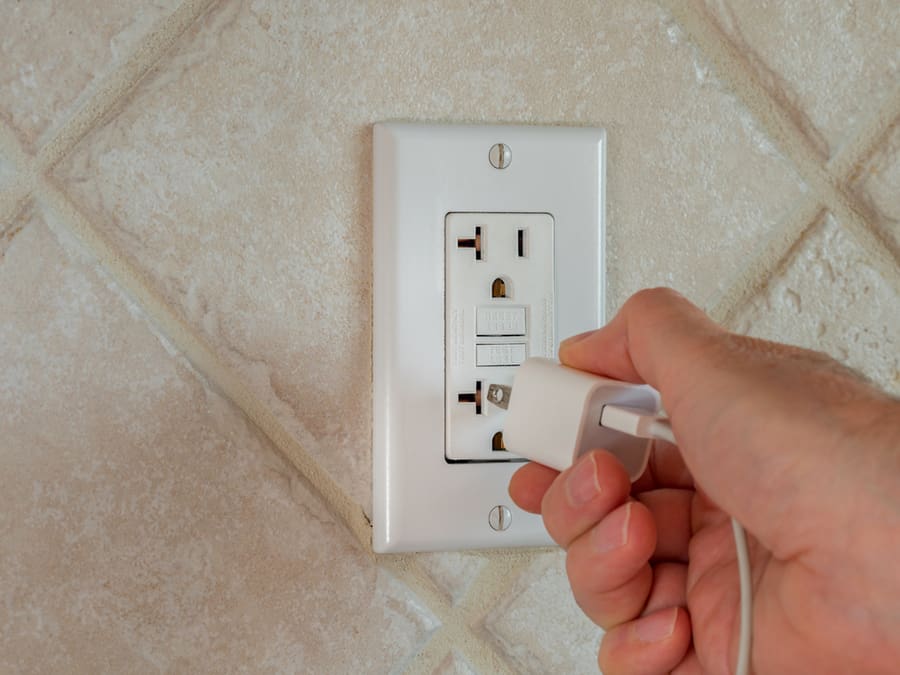
These specialized outlets work as ‘mini circuit breakers’ in isolating the power cut, so your switches don’t have to trip. GFCI outlets constantly monitor the feed of current passing through them.
If it senses too much current, it will automatically shut off. This only cuts the power to the appliances and electronics plugged into the GFCI outlet.
Installing GFCI outlets localizes the trip, so you can reset the outlet using its dedicated reset button. This also makes estimating your electronics’ wattage requirements easier so you know what you can use together in a single outlet.
3. Inspect Your Electronics
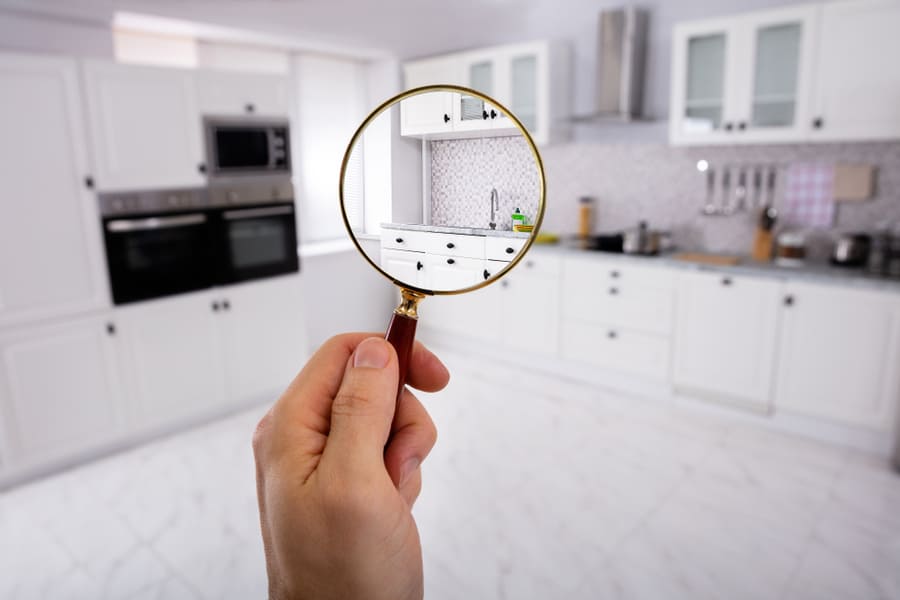
Some appliances and electronics can experience shorts and ground faults when there are problems with their internal wiring.
This can cause your circuit breaker to trip as it protects the rest of your electronics from potential shorts.
Consider the last appliance you plugged in or turned on before the circuit breaker tripped. Try plugging it into a different circuit. If that circuit also trips, stop using the appliance and consider purchasing a replacement.
Using an appliance with faulty internal wiring could cause an overload or damage other electronics in the circuit.
4. Replace Your Circuit Breaker
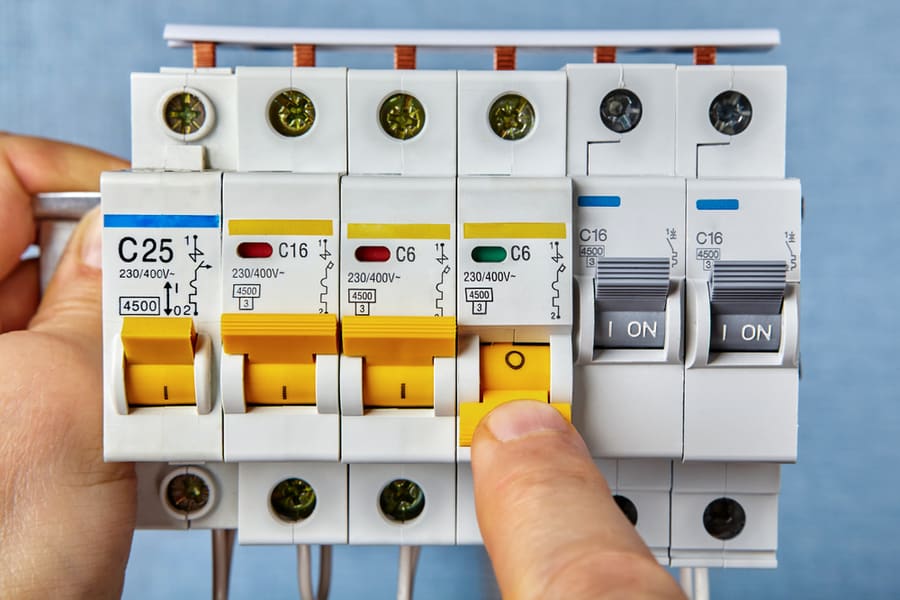
Circuit breakers are designed to last for decades, but they do have their limits. Sometimes, circuit breakers can reach a breaking point, especially in homes with lots of electronics and appliances.
If none of the reasons above resolve your situation, then it might be high time you replace your circuit breaker.
A circuit breaker constantly tripping might sense a potential electrical failure somewhere in your home.
Make sure to call a professional if you can’t resolve the matter yourself to prevent the possibility of an electrical fire.
If you smell smoke as your circuit breaker keeps tripping, turn the switches off and unplug all your appliances while waiting for an electrician to arrive.
Takeaway
Circuit breakers tell you when something might be wrong with your appliances, electronics, or home wiring. So although it might be annoying to keep switching it on after being tripped, it’s important to pay attention to the signs it’s showing.
Managing your electronics and appliances might be simple if you want to stop your circuit breaker from constantly tripping.
Frequently Asked Questions
How Long Does a Circuit Breaker Last?
Circuit breakers have a lifespan of about 30 to 40 years. Newer models come with more modern features making them more intuitive to use and longer lasting than their predecessors.
How Can You Tell Which Switch Was Tripped?
If you’re new to your home, your circuit breaker may not be labeled yet. This can make it tough to identify which switch corresponds to which room.
What’s worse is that some circuit breakers will not appear ‘tripped’ since the movement of the switch can be very minimal.
You may have to closely inspect each switch to identify which one has been moved. A tripped switch should move toward the center of the switch panel.
The switches can come with trip indicators for newer circuit breakers, making the job easier.

